One Times Square (The Times Tower)
Introduction
Author-Uploaded Audio
00:00 / 00:00
Audio by Holley Snaith
Text-to-speech Audio
Images
One Times Square in the Middle of Times Square
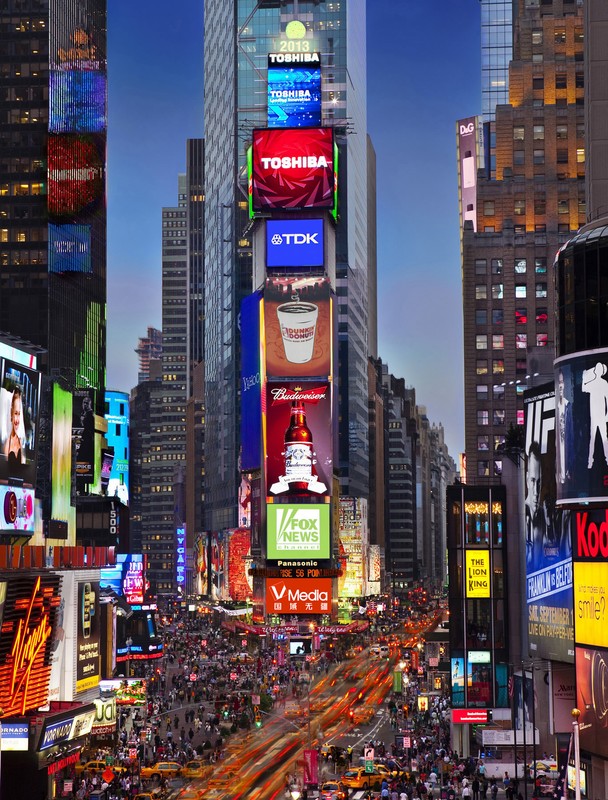
One Times Square Under Construction, 1903
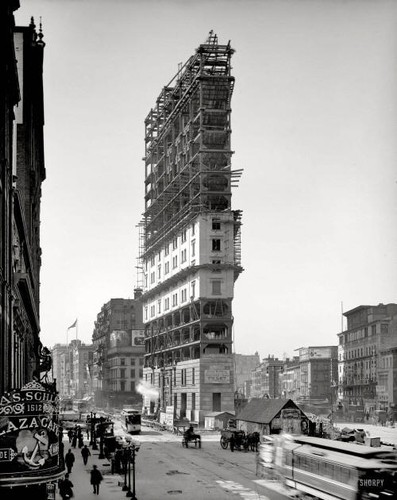
One Times Square, 1919
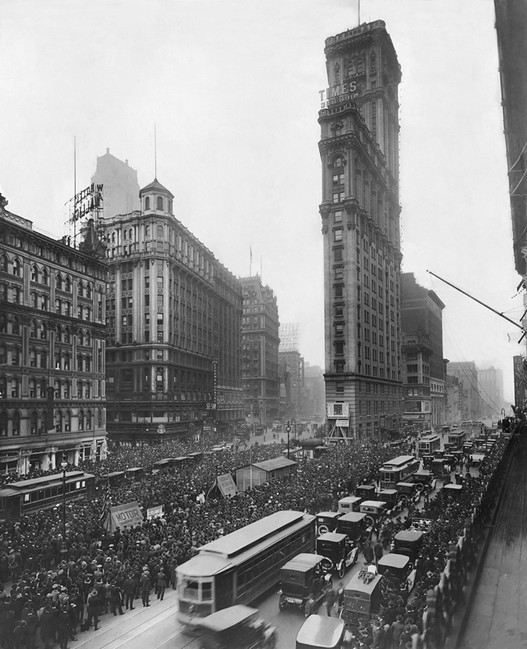
One Times Square, Also the Times Building, 1905
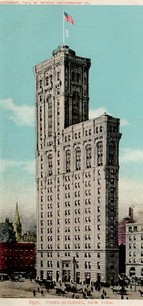
One Times Square During New Year's Eve
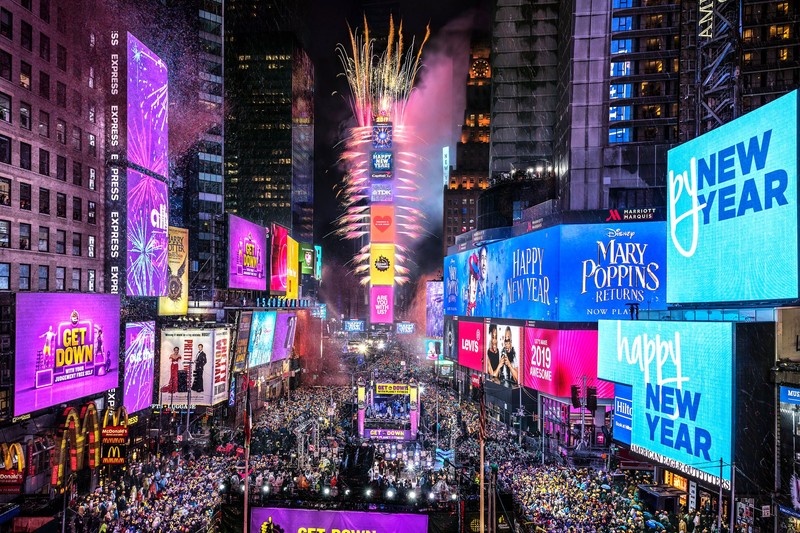
An Abandoned Office Space in One Times Square
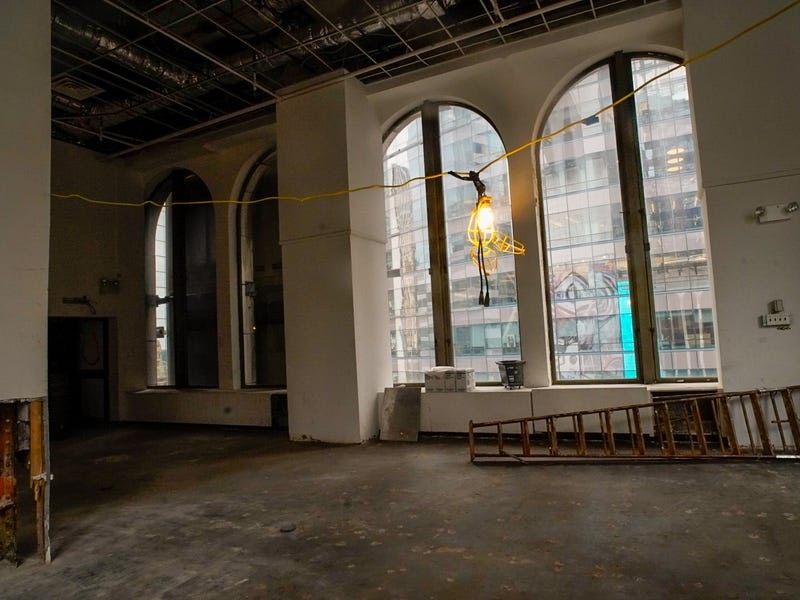
Backstory and Context
Text-to-speech Audio
When One Times Square was built in then Long Acre Square from 1903-1904 by architects Cyrus L.W. Eidlitz & Andrew C. MacKenzie, it was originally called The Times Tower because it was the new headquarters for The New York Times. The steel skyscraper was 25 floors and covered in brick, limestone, and terra cotta. Shortly after The Times Tower was completed, the surrounding area, with a new subway line running through it, filled up with Broadway theatres and soon became known as Times Square. In 1904, the New York Times owner, Adolph Ochs, decided to host the first rooftop New Year's Eve celebration with 200,000 in attendance, but three years later they introduced the famous ball-drop from the skyscraper. The ball-drop has been held every year since, with the exception of 1942-1943, when the U.S. was in the midst of World War II and Blackouts were mandated to prevent enemy attack.
The first billboard appeared on the Tower in 1928, when The New York Times opted to encircle the building with its zipper headliner. Even today, the building carries many reader boards that are modeled after the original 1928 electric board. In 1961, Douglas Leigh purchased The Times Tower from The New York Times and named it after the main tenant at the time, the Allied Chemical Company. At this time, the entire facade was redone and sleek marble vertical columns and panels were placed on the exterior. Even with the change in ownership, One Times Square continued to run the zipper headliner and host the New Year's Eve ball-drop.
At the end of the 20th century, One Times Square was purchased by Sherwood Outdoor and Jamestown One Times Square. Soon after the purchase, it became clear that bringing the building up to modern standards would be costly. One Times Square was then cleared of all tenants, with the exception of some companies such as Walgreens occupying offices, and its single use became serving as a sign tower. Jeff Straus, president of Countdown Entertainment and the man who runs the annual New Year's Eve celebration, has his office on the 22nd floor, right below the 12 foot in diameter, nearly 12,000 pound ball. The iconic ball never comes down from One Times Square and those on the rooftops of other skyscrapers surrounding are able to see it. Although One Times Square is now surrounded by modern, taller buildings, it remains a cultural icon in an every-changing city.
Cite This Entry
Snaith, Holley and Clio Admin. "One Times Square (The Times Tower) ." Clio: Your Guide to History. July 4, 2020. Accessed April 2, 2025. https://theclio.com/entry/93611
Sources
Brill, Louis M. One Times Square. (THE TIMES TOWER), NYC Architecture. Accessed January 15th 2020. https://www.nyc-architecture.com/MID/MID104.htm.
meganmichelle. One Times Square, Atlas Obscura. Accessed January 15th 2020. https://www.atlasobscura.com/places/one-times-square.
Bergman, Mary. Friday Find: History of One Times Square, Nantucket Preservation Trust. January 2nd 2015. Accessed January 15th 2020. https://www.nantucketpreservation.org/friday-find-history-of-one-times-square-3887/.
Nantucket Preservation Trust
NYC Architecture
NYC Architecture
NYC Architecture
Conde Nast Traveler
Business Insider

